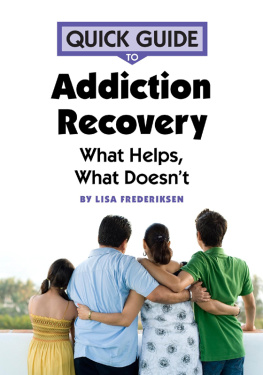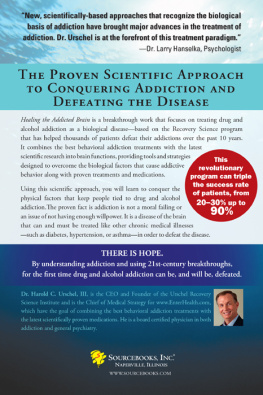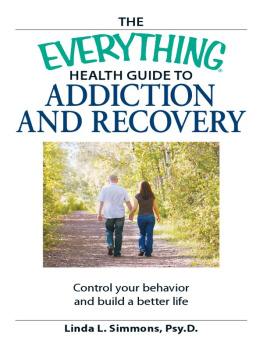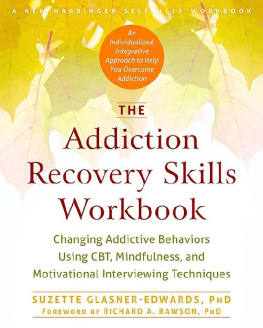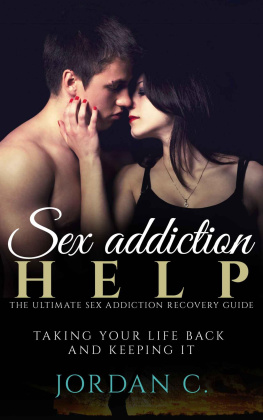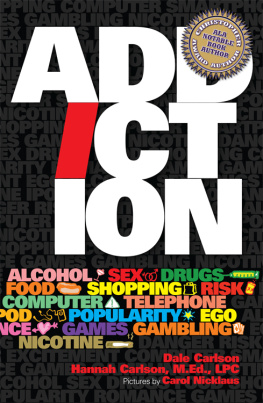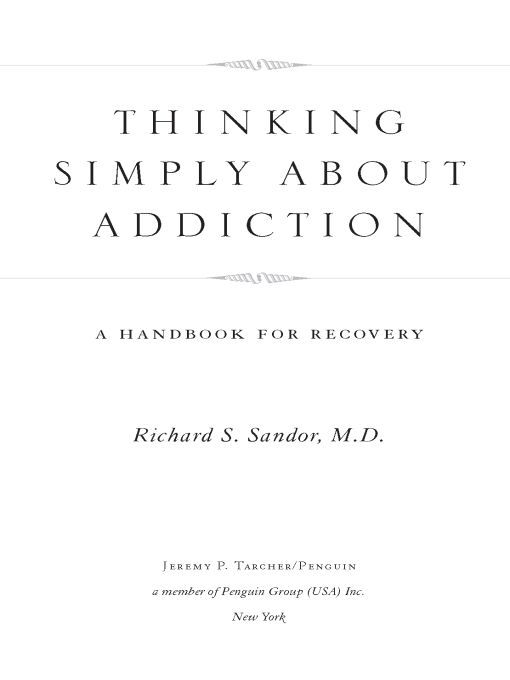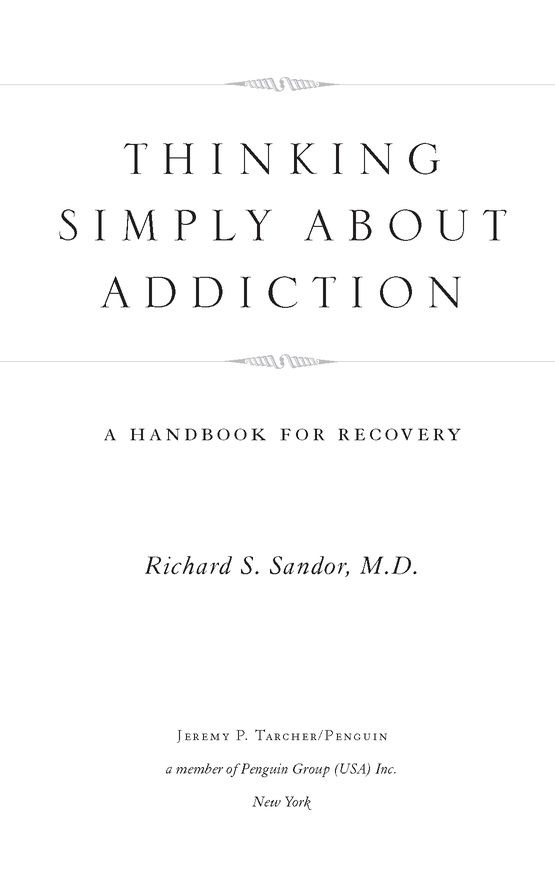Table of Contents
Preface
A few years ago I had a spectacular lesson in the value of thinking simply. I had hiked several miles into the local mountains for a day of wilderness trout fishing. At the beginning of the day, the sky was clear, but it was also unusually humid, and by noon ominous thunderclouds had begun to gather overhead. The sky grew dark, and the air took on a prickly stillness. Then came the startling hiss of a lightning strike on the ridge just above me, followed almost instantly by the roar of thunder. It occurred to me that perhaps I ought to turn around and head home.
I knew it was going to rain, but I wasnt concerned about getting wet. The day was still warm, and I had already spent several hours crisscrossing the stream, wading up to my waist. And I wasnt worried about being hit by lightning; I was too deep in the canyon for that. But images of a flash flood began to flit through my mindtons of water, mud, and debris tearing down the canyon and carrying me and everything else away in its pathand that was scary.
I remembered having read that wet graphite was an excellent electrical conductor, so prudently I took down my fly rod, wrapped it in its cloth cover, stuffed the aluminum reel into my vest, and started hiking back downstream. Then, the rain began, and it wasnt the usual Southern California pitter-patter. Instead, it was just what I feared: a drenching, sheets-of-solid-water downpour that our sparsely forested slopes cannot absorb. Another bolt of lightning struck the ridge, and a clatter of boulders tumbled down a few yards ahead of me. I began to feel a panic rise in my chest.
And then the lesson came to me.
If I would simply pay attention to each step, I would not slip on a wet rock. If I did not slip on a wet rock, I would not fall. If I did not fall, I would not hit my head and drown unconscious in the stream. Nor would I break a leg and die overnight of exposure. All I had to do was to watch where I put my foot each time I took a step. Simple. And if I quietly minded my own business in this way, doing what was really up to me and me alone to do, I might even hear the roar of a flash flood if one was headed my way and perhaps have a chance to climb to safety. Time slowed down and became my ally. There was no need to rush, no need to get hurt. I simply had to pay attention to each step. Sure enough, about two hours and six thousand steps later, the rain stopped, the sun reappeared, and I emerged from the canyon. And there was my car, just where I had left it, ready to take me home.
Thats what I mean by thinking simply, and my intention in this book is to apply the same principle to thinking about addiction. Of course, there is the very real danger of inadvertently slipping into simplistic thinking, the kind of anti-intellectual attitude that discounts complexity in order to avoid what can sometimes be genuinely difficult. Ill do my best to avoid it and the smug confidence it breeds. By contrast, thinking simply, in the sense Im aiming for, demands humility. It means accepting complexity as the only path to what you are trying to understand: all the trees you have to wander among, perhaps even lost, until you begin to get a sense of the forest as a whole. For thinking simply about addiction, that means listening carefully to alcoholics and drug addicts talk about what they actually experience. In time, despite all the differences in their stories, a common theme begins to emerge. The essential nature of addiction appears, and the path to recovery becomes clear.
Of course, my lesson that day in the mountains didnt come from nothing. It was the result of having spent hundreds of days in the world of terrain and trails, and thousands of hours bearing witness to the wilderness of my own unruly thoughts and feelings. The same is true of this book and what I want to say about addiction: Its the result of more than twenty-five years of working with addicts and alcoholics as a physician, medical director, teacher, and administrator. For the sake of honesty, however, I should confess that fate had to drag me, more or less kicking and screaming, into it.
In 1980, when I was first given the opportunity to become the medical director of an alcohol treatment program, I refused. My experience with such patients in the ER and psych ward wasnt the sort of thing I could imagine looking forward to as a steady diet. But circumstances conspired to change my mind, and only a few days later I found it necessary to accept the position and didwarily.
As part of my duties, I was to give a weekly lecture to the patients. The program director gave me an outline to follow, but it was the standard The bad things that will happen to your health if you keep on drinking pap that turns the doctor into a poorly disguised preacher. It bored me, and I had little confidence that it would do the patients much good. Instead, I held question-and-answer sessions and slowly began to hear what the patients needed to tell me and what I needed to say to try to help them understand.
In addition to my lecture duties, I also began to supervise the treatment staff and, again slowly, began to realize that, although there was plenty of goodwill, our whole approach seemed limited and strangely rigid. When a patient didnt want to cooperate with our mode of treatment, almost everyone wanted to discharge him. The real motive was concealed in some form of psychobabble, but the truth was we didnt know what to do with people who were defiant, hostile, or otherwise resistant to our suggestions, and we didnt like being made to feel incompetent. Then, just to make things even more confusing, there were the compliant patients who followed our treatment plans faithfully but then relapsed shortly after discharge anyway.
Into this confusion there appeared help in the unlikely form of a new clinical director, a bearded, burly, and gruff Bostonian who was an ex-con (hed listed his educational qualifications for the job as Jackson State, the Michigan penitentiary) and recovering alcoholic. This man, Tom Redgate, sized me up, ventured that I might be educable, and hauled me off to AA meetings. And slowly a transformation began to work itself into my understanding. At these meetings I heard the stories of hundreds of people whod gotten sober without any professional help whatever, and the dim light of comprehension began to dawn in my mind. Listening to people talk about their experiences in recovering from addiction, about which Id learned nothing in all my excellent academic education, I began to understand what addiction was.
Its now four medical directorships, several dozen professional conferences, scores of presentations, hundreds of staff meetings, and thousands of patients later, and Ive adapted my original talks with patients to meet the needs of the different audiences (both professional and lay) Ive spoken with over the years. But, essentially, the thoughts expressed in this book remain rooted in the histories of the many alcoholics and addicts with whom I have worked. Happily, virtually everything I have come to understand clinically has been verified scientifically, at least as I interpret it, in The Natural History of Alcoholism by George Vaillant. This beautifully written and compelling study has been mandatory reading in all the courses I have taught on the subject, and I will refer to it often.
My own little book is arranged in four chapters around four questions I have been asked time and time again, and not only by my patients but also by their families, my colleagues, and the lay public. Condensed, they are as follows:


